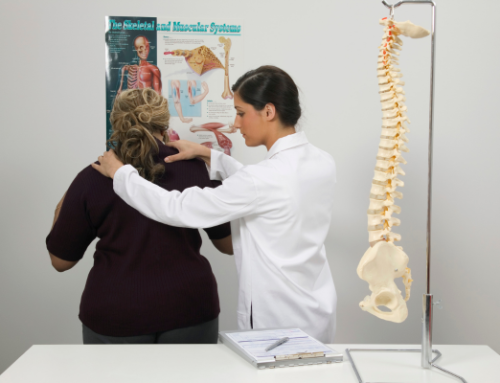As a Cape Girardeau chiropractor, it’s crucial to delve into the intricacies of spinal anomalies and their implications on spinal health. One such variation often encountered is the arcuate foramen, also known as the ponticulus posticus, a bony bridge located in the upper cervical spine. This article aims to dissect the clinical significance of this anatomical deviation, its association with neck pain in Cape Girardeau, and its potential origin in early childhood injuries.
The arcuate foramen is a calcification of the atlanto-occipital ligament, resulting in a partial or complete bony arch over the vertebral artery and the first cervical nerve. Although its prevalence varies, studies suggest that it occurs in about 16.7% of the general population. It becomes visible on radiographs, particularly in lateral views, and has sparked interest among upper cervical chiropractors for its clinical ramifications.
In the context of chiropractic deviations, the presence of an arcuate foramen is not merely an anatomical curiosity. It is hypothesized that the calcification signifies a history of trauma, possibly dating back to when the individual was less than 7-8 years old (Kessinger). During this formative period, the cervical spine is undergoing rapid growth and development, making it susceptible to injuries that can leave lasting structural changes. These injuries could result in the ossification of the atlanto-occipital ligament, leading to the formation of the arcuate foramen.
The relevance to chiropractic practice, particularly in cases of neck pain in Cape Girardeau, lies in the potential for the arcuate foramen to alter vertebral artery hemodynamics. Patients with this feature may present with symptoms that range from mild discomfort to severe pain, possibly due to vertebral artery involvement or nerve irritation. Upper cervical chiropractors are particularly attuned to these nuances, as their focus lies in the precision of cervical spine adjustments.
Chiropractors must also consider the biomechanical impact of the arcuate foramen. It can introduce atypical motion patterns in the atlantoaxial complex, potentially leading to compensatory changes elsewhere in the cervical spine. Such compensations may manifest as chronic patterns of neck pain, a common complaint among residents seeking chiropractic care in Cape Girardeau.
From a treatment perspective, the presence of an arcuate foramen necessitates a tailored approach. Chiropractic techniques, such as the upper cervical specific protocol, may need to be modified to safely address the unique challenges posed by this anomaly. This underscores the importance of detailed patient history and imaging in the chiropractic evaluation process.
In conclusion, the arcuate foramen is more than a radiographic finding; it is a clue to the patient’s spinal health history that can inform current treatment strategies. For chiropractors in Cape Girardeau, recognizing the interplay between early cervical spine injuries and current symptoms is key in providing effective care. As the field of chiropractic continues to evolve, ongoing research will further elucidate the nuances of such spinal deviations, ultimately enhancing patient outcomes in both the short and long term.







